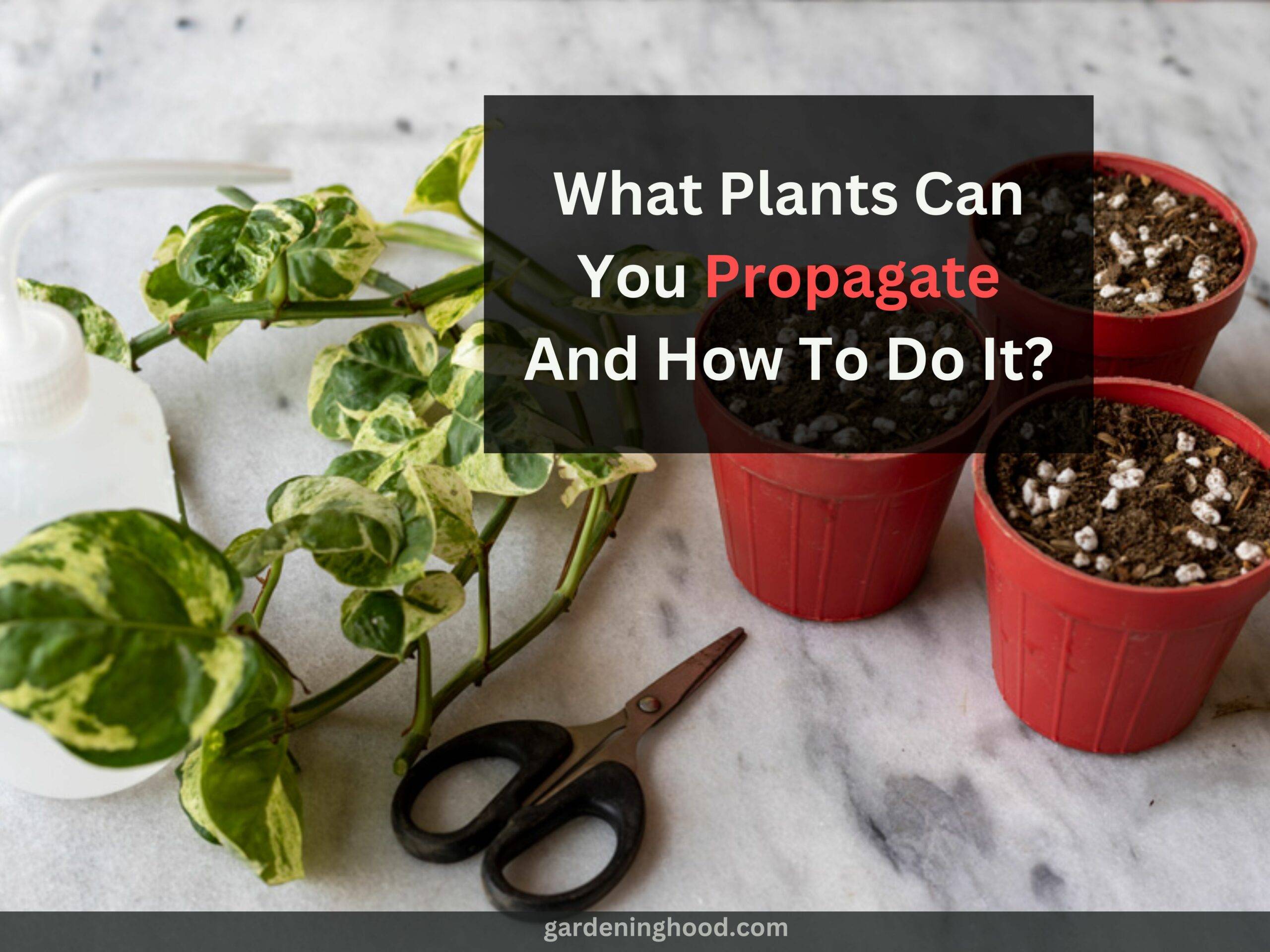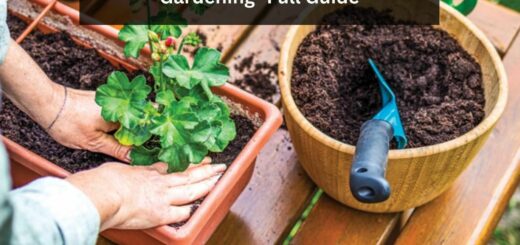Is corn man-made- Everything you need to know
Being one of the most widely spread crops, have you ever wondered or questioned the originality of corn? If not, just think about it.
I went through the whole process myself, and you won’t believe what I found out. Corn is actually man-made. I know you’re shocked, and so was I. After discovering this, I didn’t stop there; I went through the history and evolution of corn and learned many interesting things.
Don’t worry; I’m not going to leave you unaware. I have covered all my research in this article, which will guide you about corn and its origin on Earth. So what are you waiting for? Let’s begin reading.
What is Corn?
Corn is many people’s favorite and can be used in making a variety of dishes. Gardner loves to grow them because of their versatility, cost-effectiveness, and ease of getting but many people don’t know that corn is actually a man-made vegetable that was developed by people more than 7000 years ago.
The corn does not exist naturally in the wild. Yes, it is true and they still continue to thrive and evolve by humans.
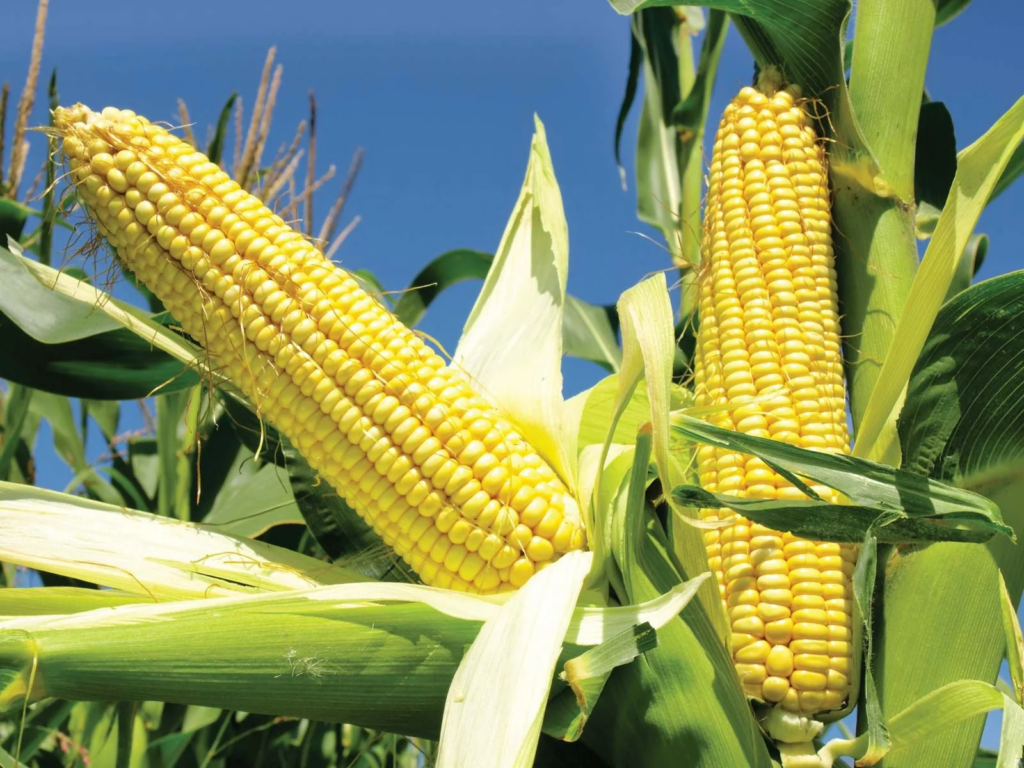
Parts of a Corn Plant:
The following are the parts of a corn plant:
Tassel: It is present at the top part of the plant makes the bees and other insects attract them.
Ear: The corn ear is used to cover the silk husk kernels and cob part of the plant.
Silk: It is used to grow on the ear at the top of the corn husk that is colored in green, yellow, or brown, depending upon the variety of the corn you are growing.
Husk: The husk is the green leaves that are present surrounding the corn ear which protects the kernels of the corn.
Leaves: The corn plant does have numerous leaves present on the stalk of the plant.
Stalk: It is called the main body of the plant which is used to grow several feet and support the ear of the corn.
Roots: The roots of the corn plant are used to hold the plant in the ground.
Is Corn Man-Made?
When we talk about the corn or the maze, they are a product of human ingenuity which is being selectively bred and cultivated using the wild grass known as teosinte.
Over 7000 years ago in central Mexico, an agriculturist was able to transform the teosinte into an adaptable and crucial crop that is now called corn. The corn plant does not naturally grow in the wild. Basically, human intervention is needed for the growth of the corn plant. All these highlight the human impact on development.
History of Corn:
Now we all know that corn does not exist in nature and it is not possible to naturally grow them unless there is a human hand. There was a saying that about 10,000 years ago, the corn was first modified into the current shape from the original form.
Talking about history, the corn plant is native to Mexico, belongs to the Zea genus, and is a member of the Poaceae family. The corn plant is mostly known as maize. In starting the corn will look like a seed head that is sitting on top of a stalk of wheat. The kernels are small in size and have a hull cover which is originated from teosinte which is a wild grass.
The teosinte do not have yellow kernels but have smallish kernels that were selectively bred to increase their size and the structure was changed naturally by selective breeding unless they have become currently used maize or corn. After this corn was migrated to the southern United States by Native Americans which made them to move from the south down to South America further the Europeans that have crossed the seas which they have appreciated. After returning from Europe they used to bring corn with them and in the end they became a permanent part of European agriculture.

Is Corn Genetically Modified?
The short answer is no corn was not genetically modified many modified organisms but some varieties of corn are recognized as genetically modified organisms (GMO) which means that they were created in the laboratory with the help of genetic engineering.
They are used to create a type of plant that is not available in nature. There are some genetic interventions taken to improve the plant’s survival in harsh natural environments and pests, herbicides, drought, and diseases.
Evolution of Modern Corn:
The corn we find today has been achieved through selective breeding of teosinte going through long periods of time. The corn we use today is genetically modified and is utilized for many food products including animal feed used in agricultural husbandry and that is also used in alcoholic spirits like whiskey.

Different Varieties Of Corn:
Four main different varieties of corn plants are available such as:
- Field corn
- Sweet corn
- Popcorn
- Flint corn
Field corn:
The field corn is mostly used for animal feed or as biofuel.

Popcorn:
These are the flint corn that is new to get a hard outer shell which is used by kernels to pop when they are heated.
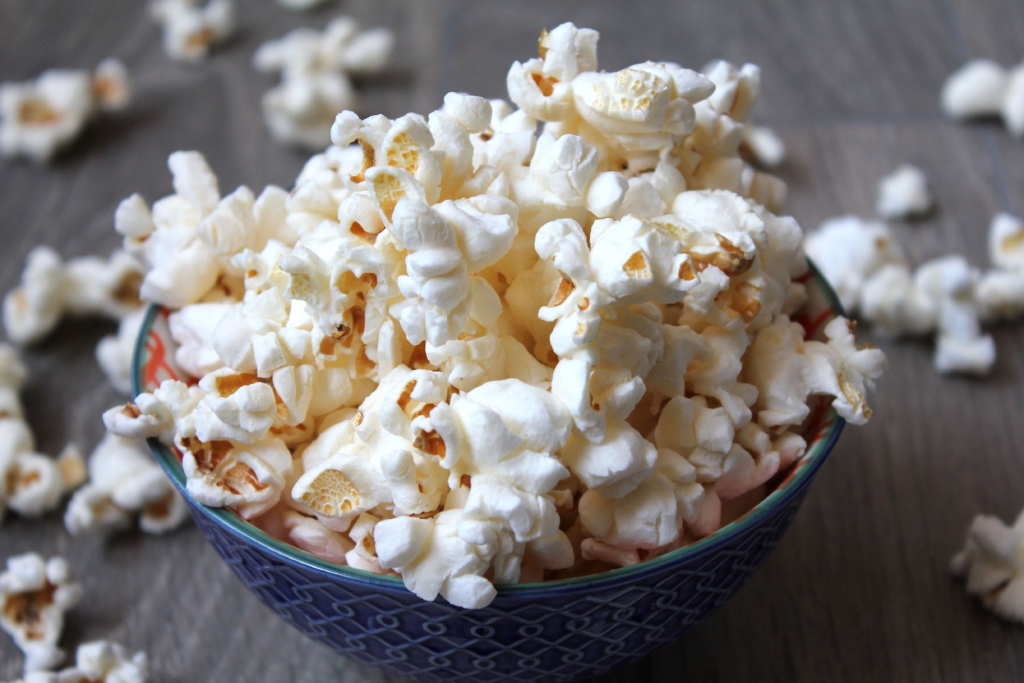
Flint corn:
The flint corn was given the name because of the hard stone kernel. It was once a major food source for indigenous people in North and Central America. They are eaten now also in Mexico where their is known as maiz duro or chedel.

Sweet corn:
This is considered the most common type of corn that is used to grow in the United States and we can say that more than 90% of corn are produced in the US is field corn.
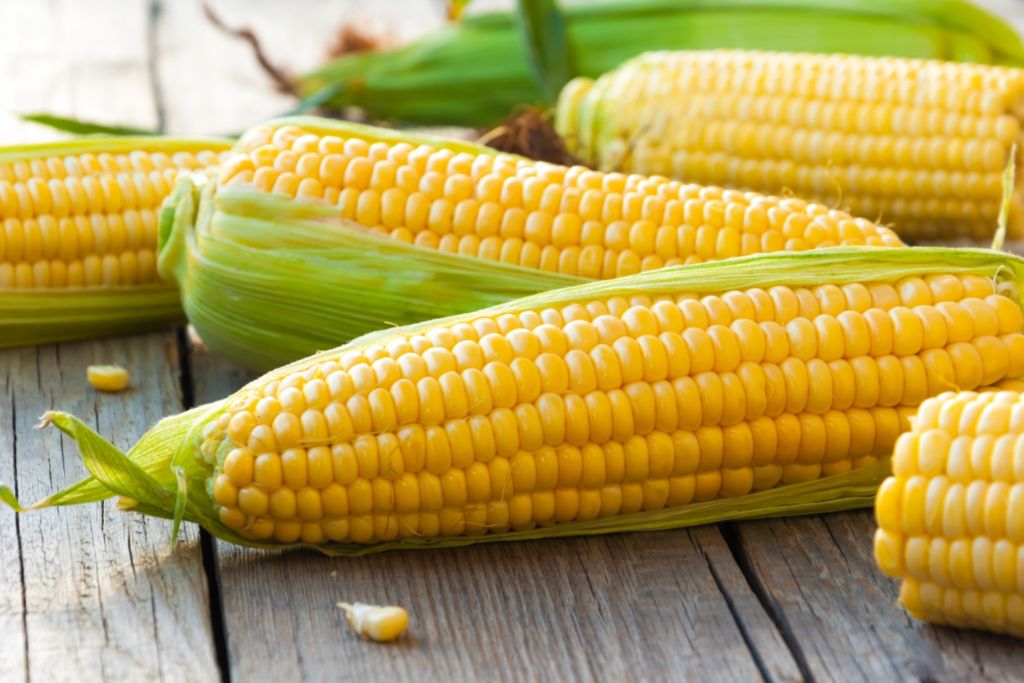
Uses And Products:
The corn is used by people for a wide variety of food, industrial, and scientific products such as:
Food:
They are used as food by people and also eaten by animals. You can eat them fresh, canned, or frozen.
It is possible to ground them into flour or meal or can be used into a number of different food products such as tortillas, chips, cereals, sweeteners, and ethanol.
Industrial:
Corn is used by many industries such as paper production, textile manufacturing, adhesives, and biofuels.
Scientific:
It is also used by scientists for scientific research from human health to environmental issues.
Best Varieties of Corn to Grow at Home:
Basically, there are a dozen types of corn that you can grow at home as they are not difficult to grow unless you live in the perfect growing zone and follow all the directions correctly. Here are some best varieties of corn to grow at home:
1. SU (Sugary Corn):
Is considered a very common homegrown corn variety that does not have a long shelf life but if you are buying the corn have the letter SU on the seed packet. It means that this is the perfect corn to grow at home.
2. SE (Sweet Corn):
It is a very sweet corn that will be so crispy and tender. Here stands for sugar extended which is grown healthy in warm climates.
3. SH2 (Super-Sweet Corn):
These are the types of corn, which are a little hard to grow as compared to other types of corn. After picking the corn, you can keep them in the fridge for about a week.
Final Thoughts
We can say that corn is a versatile crop that comes with many uses which you can grow all over the world. In many states. It has been an important food source for the people and animals. There are some industries that use corn for scientific research.
Although it is widespread and used, it is still considered a controversial crop because of its genetic modification. Many people think that gently modified crops do have a negative impact on human health environment and biodiversity and others argue that these crops can increase the yield, reduce the cost for the farmers, and help to improve food security.
